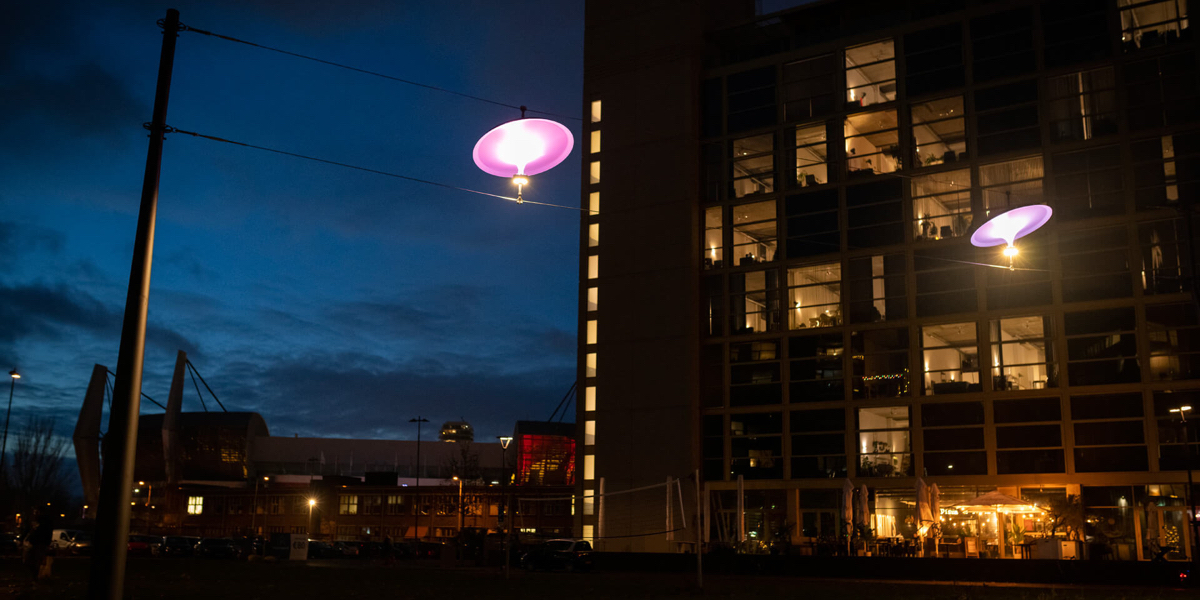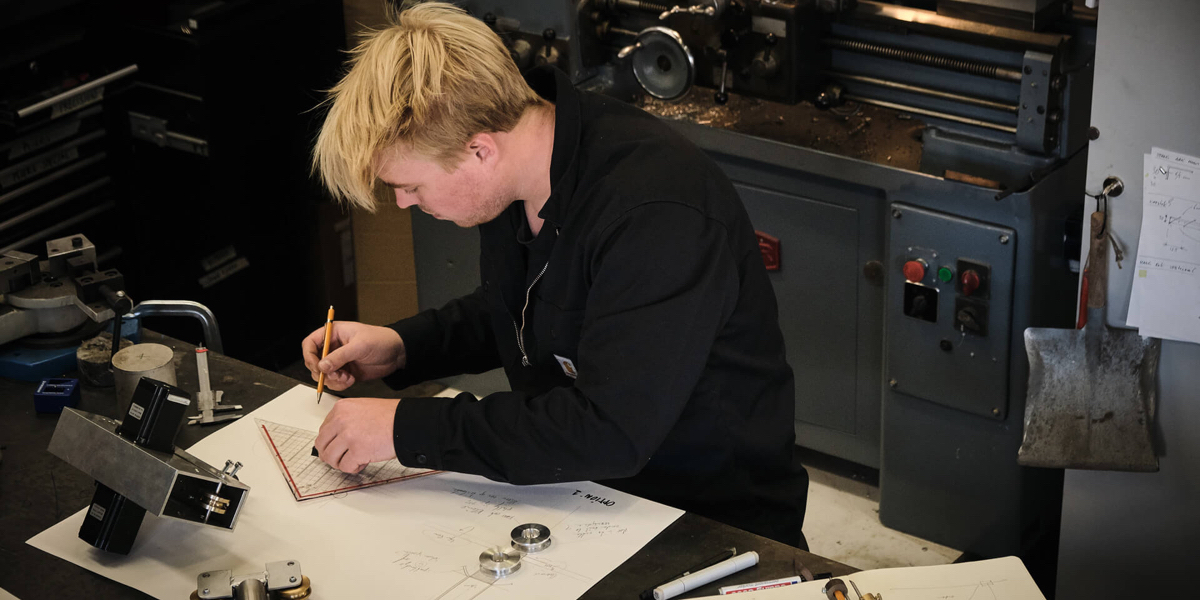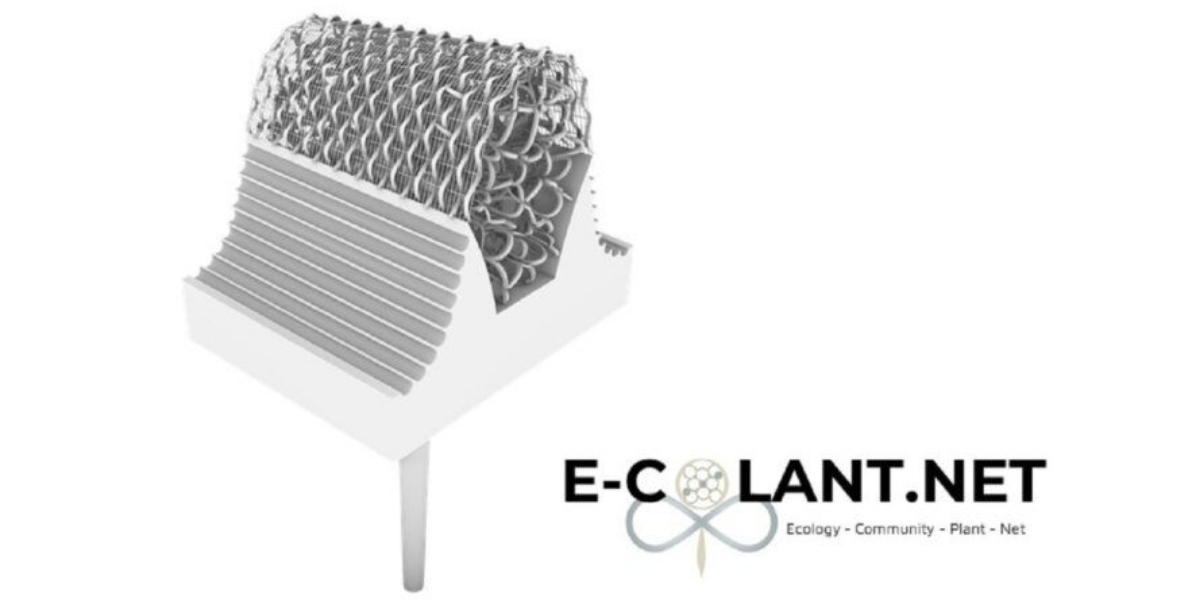AÑO
2023
CATEGORÍA
Comunidad
OBJETIVOS
Energía asequible y no contaminante, Industria, innovación e infraestructura, Equilibrar la inteligencia humana y artificial
PAL. CLAVE
sustainable cities, street lighting, Clean Energy , solar power, Interactive design
PAÍS
Netherlands
CRÉDITOS
Vantot
LINK
https://vantot.com/projects/suns/
Sunseeker
Sunseeker is an energy-neutral illumination solution for public spaces.
How does it work?
Sunseeker is "programmed" with the intention of making cities smarter, sustainable, safer, and aiming towards a larger picture, more liveable. The design incorporates an aspect of interactive experience, while being modifiable to adjust intensity and colour, with an option to program further for responsiveness to motion, sound, and in extension, people. Fully solar powered, as is eponymously encapsulated in its name, Sunseeker literally seeks out the sun and tracks its motion across the horizon to charge itself during the day, delivering clean energy, and the light emanating from its expending by night. In the future smart city, Sunseeker essentially introduces an aspect of retrofitting.
Why is it needed?
"The potential of the sun inspired us to harvest her light before creating light,” states the team at Vantot, headed by the lighting designer duo, Sam van Gurp and Esther Jongsma. Intended as an "idiosyncratic and dynamic" intervention in public spaces, Sunseeker, according to van Gurp and Jongsma, also responds to an additional demand that doesn’t maybe exist yet, or manifests through the implementation of the bespoke fixture in urban spaces. In the sense of contemporaneity, Sunseeker engages in a conversation with the static street lighting fixtures that adorn most streets today and ones we are mostly familiar with, to establish itself amid an interesting flux, an intersection of disciplines. To the non-discerning eye, the Sunseeker may very well be viewed as an installation more than a utility, adding a rather intangible layer of interactability to public spaces and avenues.
How does it improve life?
The chain of umbrella-shaped lanterns is a dynamically transforming micro-system in itself during the day. Individual fixtures along the light chain behave akin to people looking for the sunniest spot on a pleasant day.
The dynamism in its function is two-fold, since Sunseeker’s flat top mounted over its funicular body that is responsible for the spread of light on to the ground can be programmed to rotate along its own central axis. Akin to a sunflower, the Sunseeker too dynamically 'faces' the sun, rotating its top to optimise gain of solar energy relative to the position of the sun. This is especially useful when the day may be prone to odd bouts of weather and ample sunlight may only be available during specific parts of the day.





